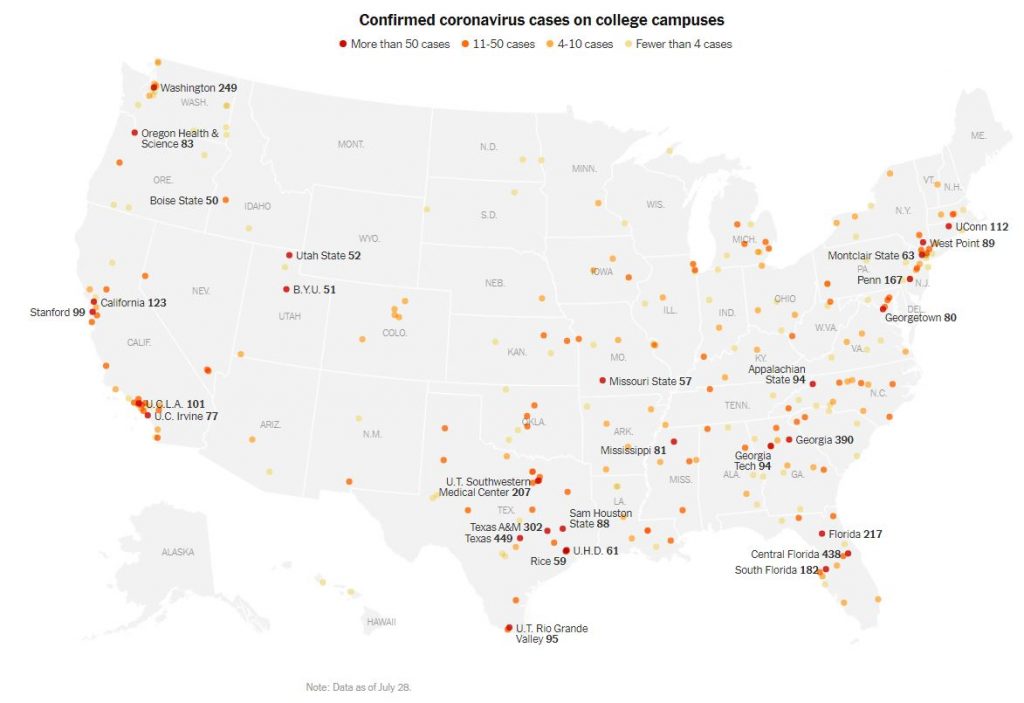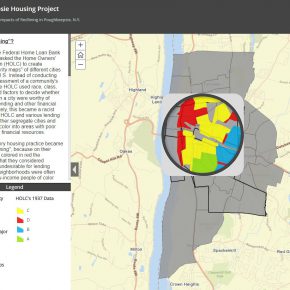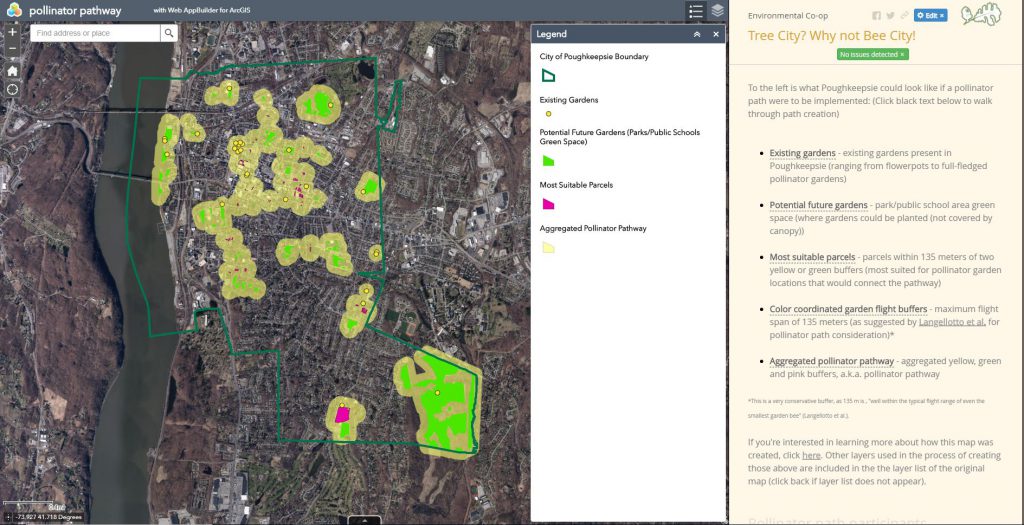The back of this map is titled “Know Your Neighbors Better” and has descriptive articles on most of the countries featured on the map (including what were at the time French Colonies, British Honduras– later named Belize– British Guiana, and the British Island colonies, as so-called on the map). Although there’s no written date, Guyana, which is referred to on the map as British Guiana, became formally independent from British rule in 1966, so we can assume this map was created before that (further research into the representations on the map might help us be able to pinpoint a more exact date). The convention on the Pan American Highway took place in 1937, so the map was created after that.
The sponsor of this map, Esso, is a trade name for the oil company ExxonMobil. Both the Pan American Highway itself, the frame of reference of the map, and the title– the American Continent– suggests a viewpoint of the Americas as essentially one place. The text box on the bottom right reads “As an indication of what it can accomplish in making the countries of the Americas accessible to each other for mutual benefit, Esso Marketers present this map to the motorists of the New World”. It’s important to note that, although Esso clearly portrays the highway as stretching across both continents, the United States and Canada have “connecting highways” that are not formally a part of the Pan-American Highway. What stake might Esso as an oil company have in promoting a Pan-American viewpoint that values interconnectedness and mutual accessibility? How might this interconnectedness in reality produce an imbalanced interdependence?
Finally, it’s important to think about the illustrations of industries and landmarks on the map, and the way it represents the resources of various areas. The text box reads, “construction of the road has been a long series of dramatic victories over nature”. How might the language of “conquering” nature be related to colonial histories, and how might a company like Esso continue to extract wealth from some places for the profit of others?
Have a good week,
Aidan Antonienko ‘21
















